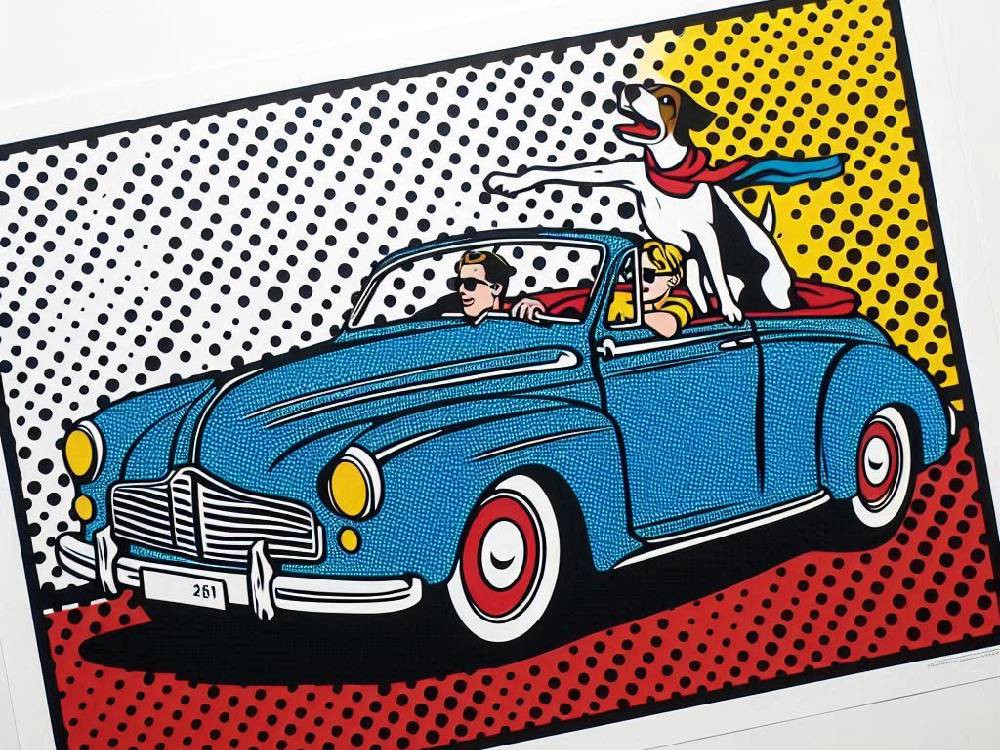Is It Legal To Have Unrestrained Pets In A Car In The UK?

Introduction
Your Complete Guide to Safe Pets Travel and Car Insurance
Traveling with your furry friend in the UK?
It’s essential to know the rules and regulations that ensure their safety—and yours—while on the road.
Neglecting to comply with these regulations can result in fines and may also adversely affect your car insurance claims.
In this guide, we’ll navigate the complexities of UK law regarding pet travel, discuss the right types of restraints, and explore how these laws impact your insurance.
What You’ll Learn:
The legal requirements for pet travel in the UKTypes of suitable restraints for petsHow non-compliance affects car insuranceFines and penalties for non-compliancePractical tips for traveling with pets
UK Law On Pets Travel
The Highway Code is clear:
Under Rule 57, pets must be suitably restrained while in a vehicle.
This law helps ensure that pets do not distract the driver or become a projectile, which could cause injury to themselves or others in an abrupt stop.
Failure to follow this rule can be seen as driving without due care and attention.
Isn’t that something to be cautious about?
Learn more about UK driving regulations here.
Suitable Restraints for Pets
When it comes to restraining your pet, you have several options to choose from.
Each offers different benefits and complies with the Highway Code:
Seat Belt Harnesses: Designed specifically for larger dogs, these harnesses attach to the vehicle’s seat belt system.Pet Carriers: Ideal for small to medium-sized pets, carriers keep your animal contained and secure.Dog Cages: Best for very large dogs, providing them space to move without distracting the driver.Dog Guards: Installed between the boot and the backseat of larger cars, allowing the pet safe movement within a confined area.
It’s crucial to choose a restraint that not only complies with the law but also suits your pet’s size and comfort needs.
Implications for Car Insurance
Travelling with an unrestrained pet can be a serious liability.
If you’re involved in an accident and it’s found that your pet was not properly secured, your car insurance provider may not cover your claim.
Additionally, if your pet is injured because they were not restrained, your pet insurance may also not cover the veterinary costs, which emphasises the importance of following legal guidelines.
Does this make you think twice?
Check your car insurance options.
Fines And Legal Consequences
Non-compliance with pet travel laws can result in hefty fines—up to £5,000—and a possible court appearance under the charge of “driving without due care and attention.”
It’s a risk that’s easily mitigated by using the correct restraints for traveling pets.
Understand the potential fines and consequences.
Benefits Of Complying With Pets Travel Laws
In addition to avoiding fines and ensuring insurance coverage, properly restraining your pet while driving offers multiple safety benefits.
This practice minimises distractions for the driver, reduces the risk of injury to the pet and other passengers, and, overall, enhances the safety of the travel environment.
Ready to learn more about keeping your travels safe?
This detailed approach ensures that you are fully informed about how to travel legally and safely with your pet in the UK, including adhering to laws that protect you, your pet, and your finances through compliant car insurance practices.
Choosing The Right Restraint
So, what’s the best way to ensure your pet’s safety during car travels?
Choosing the right restraint is crucial and depends on your pet’s size, behavior, and comfort. Here’s a breakdown:
For Small Pets: Pet carriers are compact and secure, ideal for keeping your small friends safe.For Medium to Large Dogs: A seat belt harness provides mobility and security without the confined space of a carrier.For Very Large Dogs: A dog cage in the boot offers space and safety, ensuring they are secure but comfortable.
Remember, the right choice keeps everyone safe.
Tips For Traveling With Pets
Want to make car journeys enjoyable for your pet?
Here are some essential tips:
Comfort is Key: Ensure the restraint or carrier is comfortable for your pet. Include familiar blankets or toys to reduce stress.Avoid Overheating: Never leave your pet in a hot car. Even short periods can lead to heatstroke.Regular Breaks: On long journeys, take regular breaks to let your pet stretch and relieve themselves.
These tips can make a world of difference in how your pet experiences the journey.
Additional Considerations
Thinking about a long trip with your pet?
Consider these additional factors:
Travel Frequency: If your pet isn’t used to car travel, start with short trips to build their comfort level.Pet Anxiety: Some pets may need anxiety-reducing strategies or products if they find car travel stressful.
Preparing adequately ensures your pet’s comfort and safety on the road.
Conclusion
Traveling with your dog or any pet in the car necessitates meticulous consideration of UK laws and appropriate safety measures.
By adhering to the guidelines and selecting the correct restraints, you ensure compliance with the law as well as a safe and enjoyable journey for your pet.
Moreover, your diligence in attending to these details not only protects your pet but also secures your interests in terms of car insurance and legal compliance.







